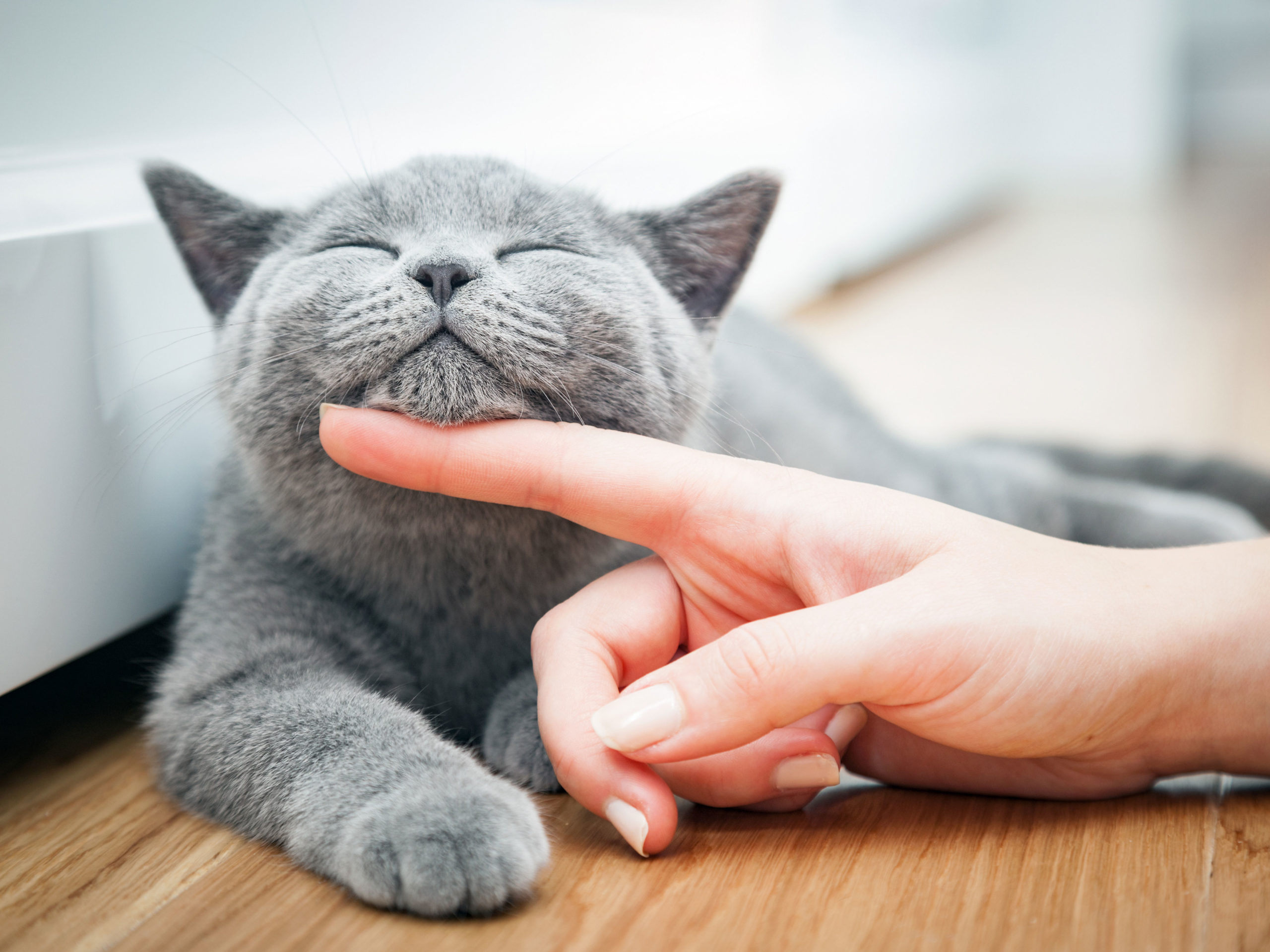FLUTD is one of the most common and frustrating diseases in cats. The problem stems from the fact that just about any inflammatory condition in the feline lower urinary tract creates the same collection of signs. Tumor, infection, bladder stone etc. all create the same clinical picture.
Symptoms
-
bloody urine.
-
straining to urinate (can easily be mistaken for straining to defecate).
-
urinating in unusual places.
-
urinary blockage (almost exclusively a male cat problem).
-
licking the urinary opening (usually due to pain)
-
Frequent urination

Diagnosis
You will need to bring your cat to us for an examination when you see any of these symptoms. This can sometimes be an emergency as your cats bladder may be blocked. Generally we will examine the urine, send a sample to the lab for bacterial culture and do a blood test. We may also recommend an X-ray or ultrasound of the bladder to rule out the presence of urinary stones and tumours. The most common cause of flutd in cats younger than ten years old is what we call idiopathic (unknown cause) cystitis. Stress is believed to play a big role in this disease and may be associated with rivalry between cats in a household. We recommend that you have a separate litter tray for each cat and one more. The litter trays must be kept very clean. The condition itself is also painful and this will result in vicious circle of pain and stress. Furthermore a lot of these patients are eating dry food. These cats are not consuming enough water and urine production is diminished. Your cat needs to produce a lot of urine to flush out the bladder and reduce the chance of crystal production. Also all the tissue debris that form in an inflamed bladder will be flushed out. These tissue debris are the most common cause of a plug that can block your cats penis. I cannot stress enough the importance of feeding a high moisture diet in the control of urinary tract disease. When we examine your cats urine, we may also see crystals. Crystals can cause a lot of pain and irritation in the urinary tract. It is important that we examine a fresh urine sample immediately under the microscope as crystals will start forming after thirty minutes and we will get an inaccurate picture of what is happening in the bladder. We will also look for the presence of inflammatory cells, tumour cells and cells that may indicate renal disease. This urine sample you cannot collect for us as we do really need a very fresh sample. Our nurse will also measure the specific gravity(SG) of the urine which is an indication of the kidneys ability to concentrate the urine. The most effective way to control crystal formation is by flushing out the bladder and this can only be done by increasing your cats water intake. Feeding a wet(canned) food is the most effective way to do this.
WHAT ARE THE POSSIBLE CAUSES?
It turns out that the age of the cat is tremendously relevant regarding which underlying causes are most likely. If we look at all cats with lower urinary tract symptoms, here is what we find:
-
50% will not have a cause which can be determined despite extensive testing (meaning they have what is called “idiopathic cystitis.”)
-
20% will have bladder stones (females have a slightly higher incidence).
-
20% will have a urethral blockage.
-
1-5% will have a true urinary tract infection.
-
1-5% will have a urinary tract cancer.
-
1-5% will have had trauma to the urinary tract (i.e. have been hit by a car etc.)
-
1-5% will have a combination of a bladder stone and an infection both.
-
The average age for symptoms is age 4 years. If we separate out the cats that are 10 years of age or older and only look at them, a different statistical picture emerges:
-
50% will have true urinary tract infections.
-
10% will have bladder stones.
-
17% will have a combination of infection and bladder stone.
-
7% will have urethral blockage.
-
3% will have urinary tract cancer.
-
5% will not have a cause that can be determined despite extensive testing.
-
66% will be in some stage of kidney failure.
-
5% will have urinary incontinence.
Treatment
Generally in the unlikely case of a bacterial infection, a course of antibiotics for up to three weeks may be prescribed.
